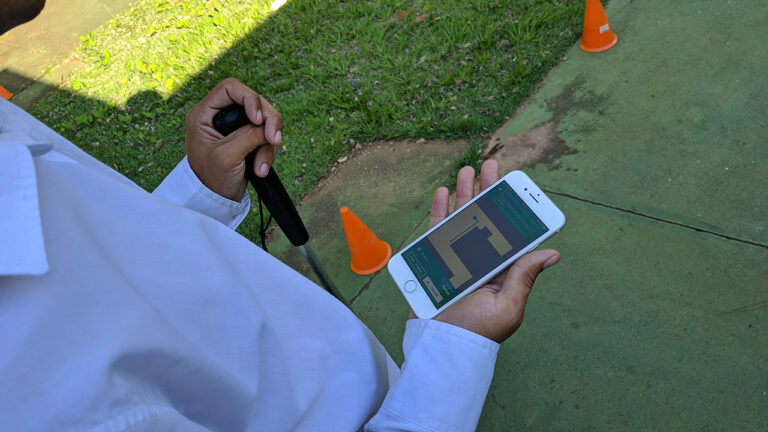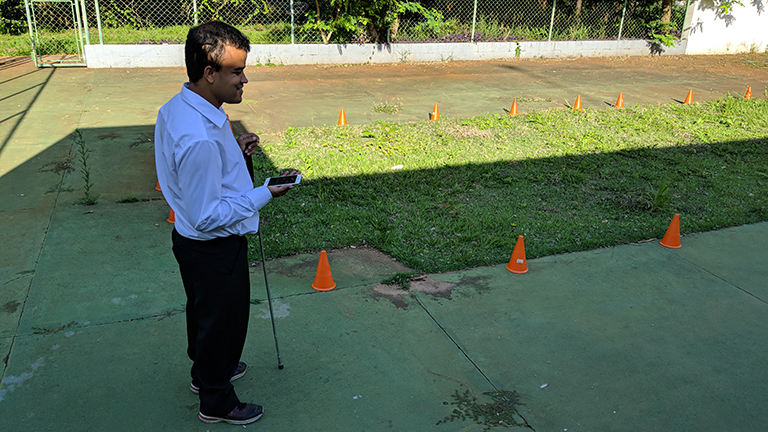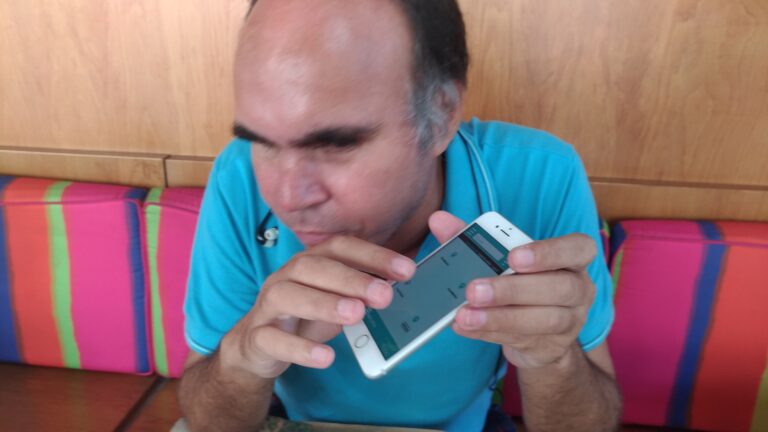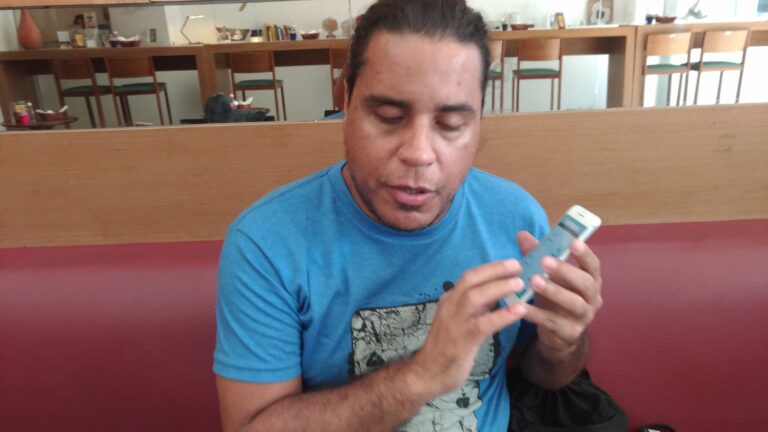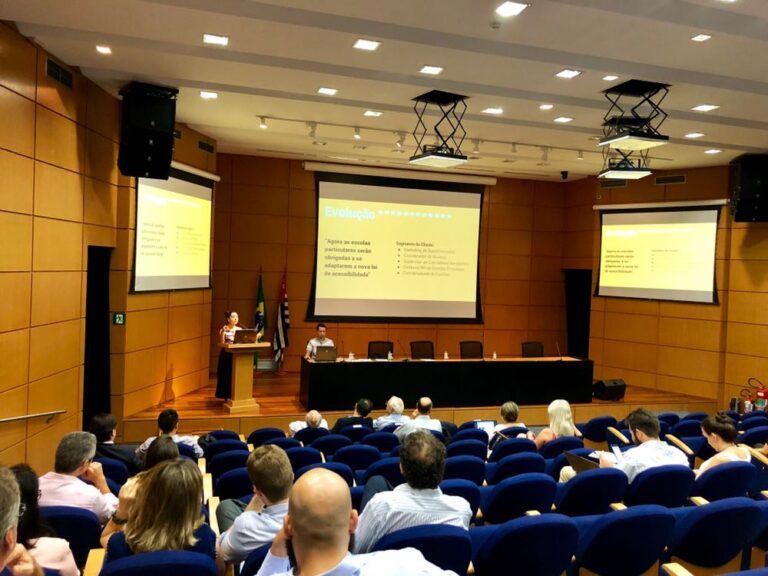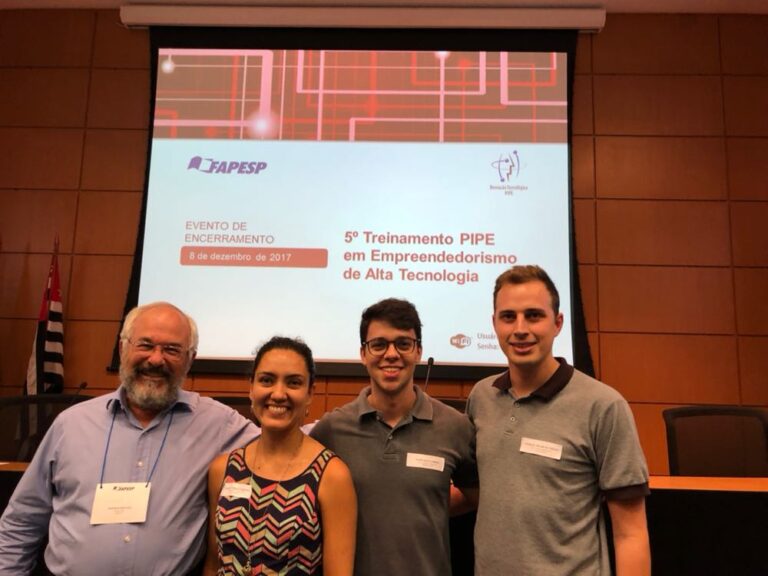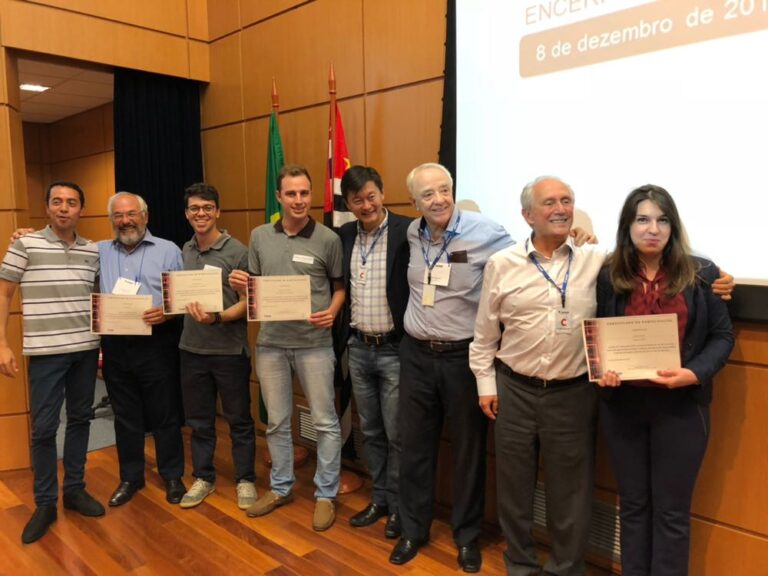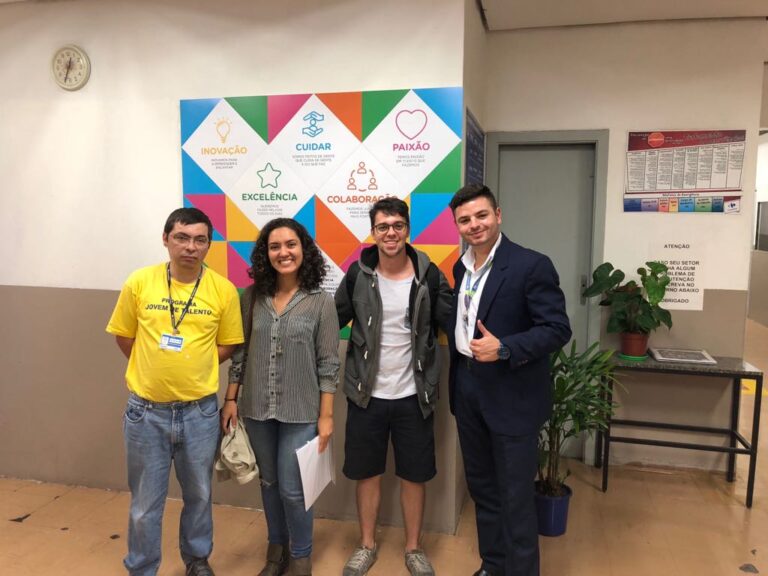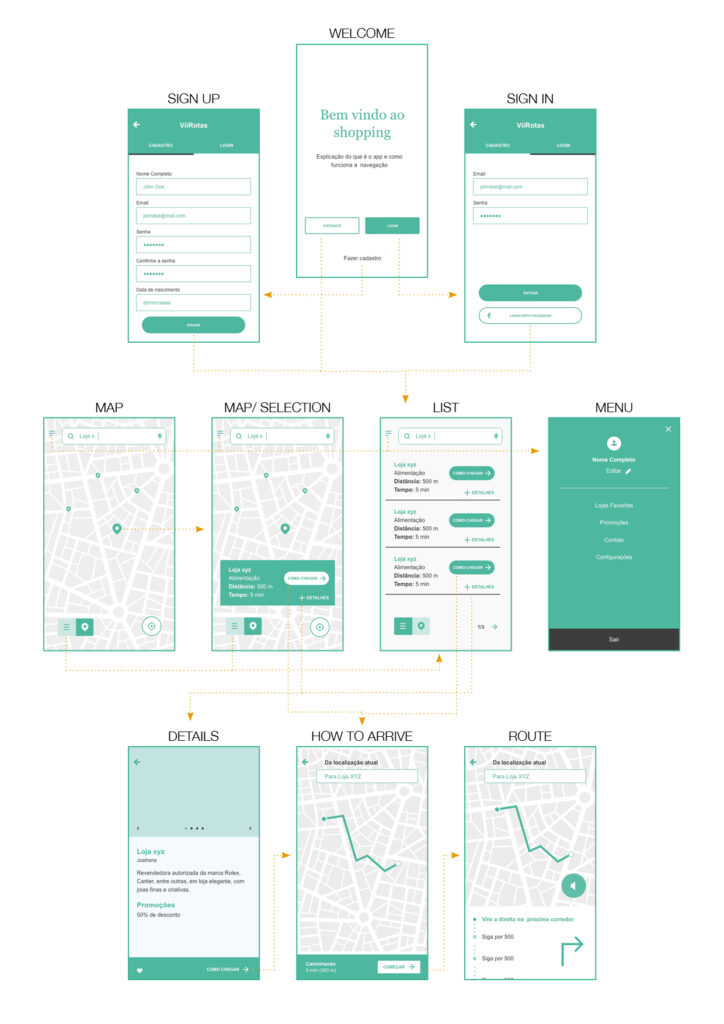1. Challenge
The project aimed to develop a technology that enhances indoor navigation for visually impaired individuals, addressing the significant lack of accessible navigation information in public spaces. Many users face difficulties in familiar environments due to inadequate directional cues, which restricts their autonomy and decision-making abilities.
2. Strategic Impact
- Improved accessibility in various public spaces, including airports, hospitals, and shopping malls, fostering inclusivity for visually impaired individuals.
- Enhanced user experience through the implementation of low-cost beacon technology, providing real-time navigation support and data collection for behavioral analysis.
- Strengthened partnerships with institutions focused on disability support, expanding outreach and impact within the community.
3. How I Made It Happen
- Conducted extensive qualitative and quantitative research to understand user needs, preferences, and pain points, employing methodologies such as interviews, surveys, and ethnographic studies.
- Implemented design thinking principles alongside agile development methodologies, enabling rapid prototyping and iterative testing of solutions based on user feedback.
- Developed a user-centered mobile application that leverages beacon technology for indoor navigation, ensuring usability for visually impaired users through rigorous testing and refinement.
4. Tools and Methodologies
- User Research
- Design Thinking
- Agile Development
- Prototyping Tools
5. Key Achievements
a. User-Centric Application Development:
Measured by: User satisfaction ratings and feedback during usability tests.
Action: Developed and refined a mobile application that provides accurate navigation instructions, tailored for visually impaired users.
b. Successful Implementation of Beacon Technology:
Measured by: The number of beacons installed and user engagement metrics within mapped areas.
Action: Mapped indoor environments with strategically placed beacons, facilitating real-time navigation and data collection for further analysis.
c. Enhanced User Understanding and Personas Creation:
Measured by: Comprehensive user personas developed from research insights.
Action: Created detailed user personas representing the visually impaired community, guiding design and development decisions throughout the project.
6. Key Differentiation
- Focused on accessibility and inclusivity, ensuring the solution was designed for real-world applicability and user needs.
- Integrated user feedback at every stage of development, resulting in a highly usable and effective navigation tool.
- Leveraged partnerships with disability advocacy organizations to validate the technology’s effectiveness and broaden its impact in the community.
7. References
CORDEIRO, Raquel (2018). How sensors can make indoor shopping accessible. Retrieve from https://viisolutions.com.br/en/how-sensors-can-make-indoor-shopping-accessible.
